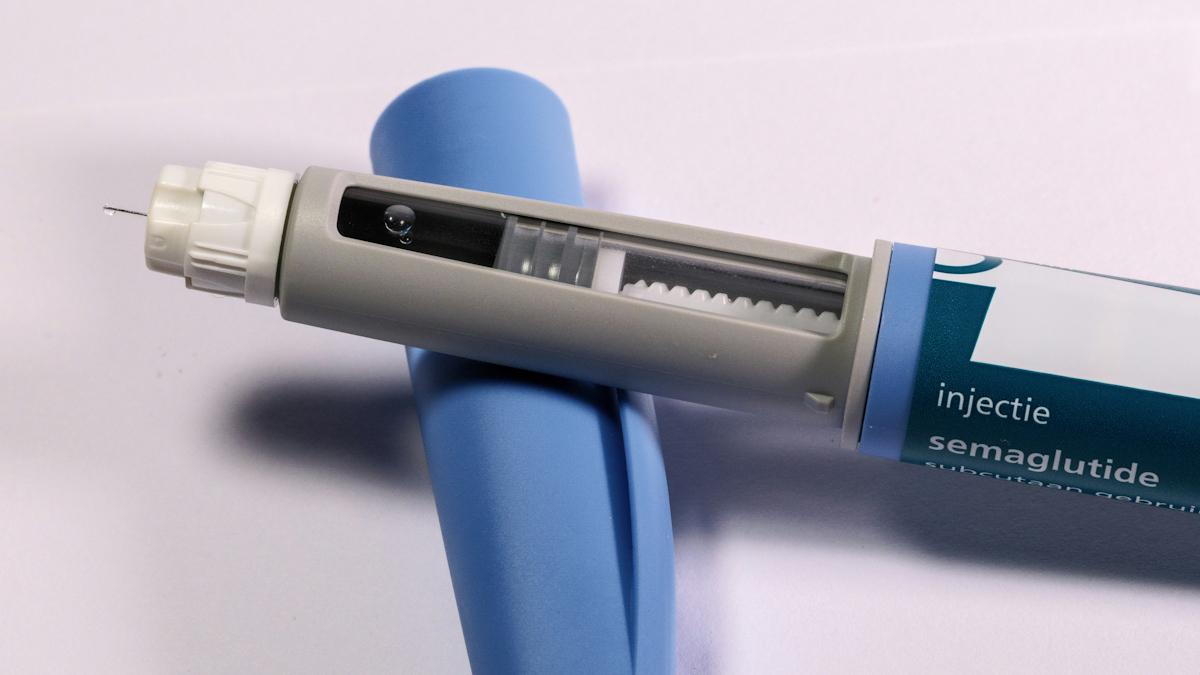Novartis says mid-stage pipeline is setting up strong growth spurt

Novartis kicked off its R&D update in London this morning by pledging to bring at least 10 drugs into pivotal trials in 2020 and 2021 from a mid-stage pipeline packed with 60 projects.
All told, the Swiss group says it has at least 25 new drugs coming through development that could surpass the $1 billion sales threshold for a blockbuster drug, and is highlighting four priority projects from its pipeline that it reckons have real potential to make a clinical difference for patients.
Among them is first-in-class anti-CD40 antibody iscalimab (CFZ533), which showed in a study reported this summer that it may be able to prolong the life of transplanted kidneys, which can sometimes last less than 10 years with current immuno suppressant drugs like tacrolimus.
Iscalimab “has the potential to become the standard of care in transplant”, says Novartis, and has also had positive early-stage trial results in Sjögren’s syndrome, the second most common rheumatic autoimmune disease after rheumatoid arthritis. It’s being tested in up to six indications.
Also in the spotlight is LNP023, an orally-active Factor B inhibitor in development for diseases associated with the complement pathway, including paroxysmal nocturnal hemoglobinuria (PNH).
LNP023 acts in a different way to current injectable drugs for PNH like Alexion’s blockbuster Soliris (eculizumab), and is on course for a readout in first-line PNH next year. It also stands a chance of being the first disease-modifying therapy for several rare renal diseases, including IgA nephropathy, idiopathic membranous nephropathy (iMN) and C3 glomerulopahy (C3G).
In cancer immunotherapy, Novartis is pointing to MBG453, a first-in-class anti-TIM-3 mAb which it thinks has the potential to become a “foundational therapy” for haematological cancers and other diseases of the bone marrow. Phase 1 data will be presented at the soon-to-start American Society of Haematology (ASH) congress.
MBG453 is the only TIM-3 antobody currently being investigated in myelodysplastic syndromes and acute myeloid leukaemia (AML), with the potential to be first-in-class. A pivotal phase 2 study in higher-risk MDS is already underway, setting up possible filings in 2021, while mid-stage AML trials will start next year.
The last of the four is TQJ230 is an antisense drug that Novartis says provides a potent and consistent reduction of Lp(a), a “known and currently untreatable risk factor for cardiovascular disease.” It was licensed from Ionis Pharma/Akcea for $150 million upfront earlier this year.
A cardiovascular outcomes trial of over 7,500 patients is due to start in 2020, and if positive TQJ230 could become the first-ever drug for Lp(a) reduction.
The study will try to show superiority for the antisense drug to placebo in reducing major cardiovascular events (MACE) in patients with established cardiovascular disease and elevated levels of Lp(a) (≥70 mg/dL) when given on top of standard treatment.
Novartis chief executive Vas Narasimhan also said that with five potential blockbuster new drug approvals in 2019, and five more emerging with phase 3 readouts or approvals due in the next couple of years, the company “can sustain long-term growth.”
The five emerging drugs are: B-cell depleting treatment ofatumumab for relapsing multiple sclerosis; prostaglandin DP2 receptor antagonist fevipiprant or asthma; radioligand therapy Lu-PSMA-617 for prostate cancer; anti-IgE drug ligelizumab for chronic spontaneous urticaria; and IL-1 beta-targeting antibody canakinumab for non-small cell lung cancer.
“We look forward to delivering new transformational treatment options to patients and continuing to reimagine medicine to address some of the world’s greatest unmet healthcare needs,” said Narsimhan.














